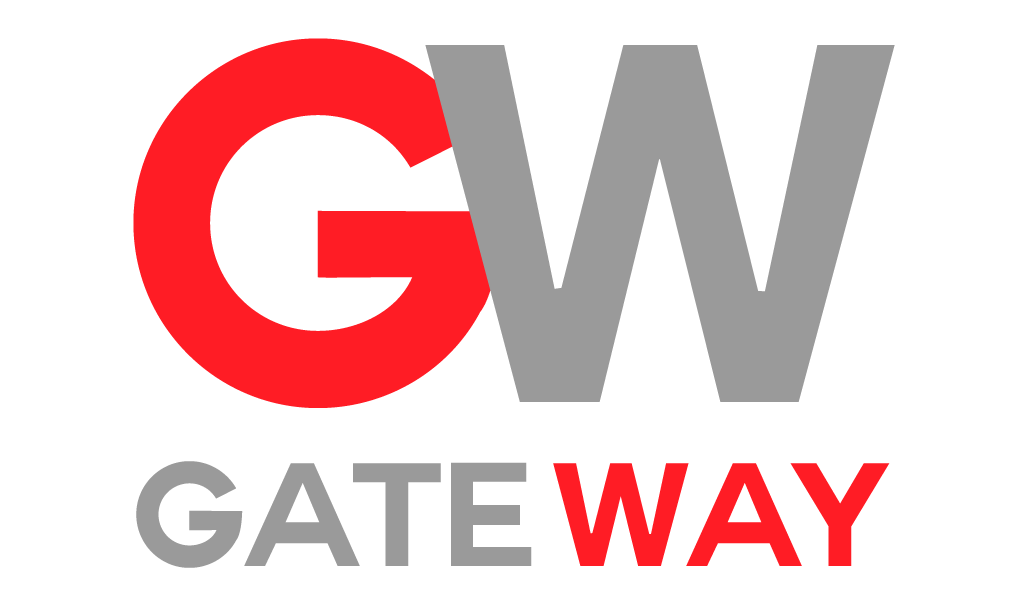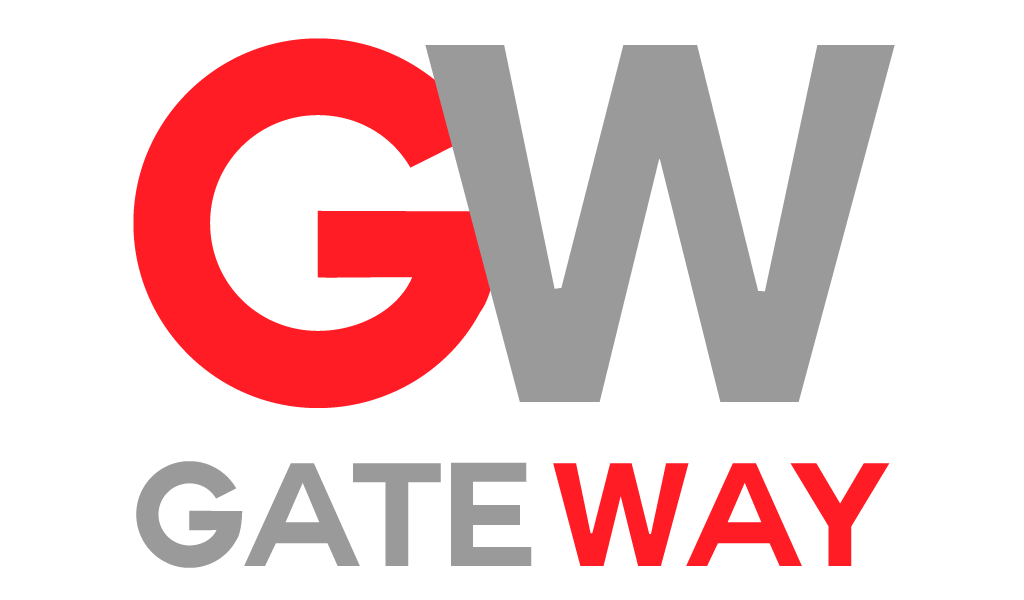
In a world where economic uncertainty looms and tariffs reshape global markets, your hiring strategy isn’t just about filling positions—it’s about organizational resilience.
As the United States implements aggressive tariff policies against international trade partners, companies face a new reality that demands strategic workforce planning. Is your recruitment approach ready for what’s coming?
Navigating hiring in uncertain economic waters
The business landscape is evolving at breakneck speed, transformed by technological innovation, shifting global power dynamics, and now, increasingly protectionist trade policies. With the U.S. leveraging tariffs as economic instruments, many industries find themselves at a crossroads—adapt or risk being left behind.
“Companies that maintain traditional hiring approaches during economic downturns typically see a 37% decrease in quality-of-hire metrics,” notes the Harvard Business Review’s 2024 Recession Preparedness Report. “Meanwhile, organizations that pivot their talent acquisition strategies proactively outperform their industry peers by 28% during recovery periods.”
This economic recalibration isn’t just changing how we do business—it’s fundamentally altering who we need to hire and how we find them.
Lorem ipsum dolor sit amet, consectetur adipiscing elit. Ut elit tellus, luctus nec ullamcorper mattis, pulvinar dapibus leo.
Emerging industry trends that can’t be ignored
The future of hiring extends beyond technological adoption—it requires understanding the currents reshaping talent markets. Three critical trends stand at the forefront:
Number 1: Strategic workforce redistribution
As tariff-induced price increases affect supply chains, companies are rethinking their talent distribution. According to McKinsey’s latest Economic Impact Analysis, 63% of multinational corporations are restructuring their workforce geography to mitigate tariff impacts—creating talent redistribution that savvy recruiters can leverage.
Number 2: AI-enhanced decision-making
Artificial intelligence isn’t just screening resumes anymore—it’s predicting which candidates will thrive during economic volatility. Organizations employing predictive hiring analytics report 41% higher retention rates during market downturns (Deloitte Workforce Resilience Survey, 2024).
Number 3: Skills-based vs. Role-based recruitment
The World Economic Forum’s Future of Jobs Report highlights that 94% of companies weathering economic uncertainty successfully have shifted from role-based to skills-based hiring models, enabling greater organizational flexibility when market conditions demand rapid pivots.
Implementing forward-thinking hiring practices isn’t just about competitive advantage—it’s about survival in a tariff-impacted marketplace. Here’s how industry leaders are preparing:
Scenario-based candidate assessment
Progressive organizations are replacing traditional interviews with scenario-based assessments that gauge how candidates respond to economic challenges. Financial services giant JP Morgan Chase reduced hiring mistakes by 34% during the last period of economic volatility by implementing simulation-based candidate challenges reflecting market instability.
Flexible Talent Acquisition Models
The rigid full-time employment model is giving way to more adaptive approaches. According to Gartner’s 2024 HR Executive Survey, 72% of recession-resistant companies maintain a 70:30 ratio of core-to-flexible workforce, allowing them to scale operations without the financial commitment of permanent headcount during uncertain times.
Cross-Border Talent Intelligence
With tariffs reshaping global commerce, understanding talent availability across markets becomes crucial. LinkedIn’s Economic Graph Research shows companies with comprehensive cross-border talent intelligence platforms respond 58% faster to market disruptions caused by trade policy changes.
Data-Driven Compensation Strategy
As inflation pressures intensify from tariff impacts, static compensation models become liability magnets. Organizations implementing dynamic compensation analytics that adjust to economic indicators report 47% higher candidate acceptance rates during volatile markets (Willis Towers Watson Compensation Report, 2024).
Real-World Implementation Success

-
Software infrastructure provider CloudScale Technologies faced significant challenges when tariffs increased their hardware costs by 22%. Rather than implementing hiring freezes—the traditional corporate response—they restructured their talent acquisition approach.
By adopting an AI-powered skills forecasting platform and implementing flexible work arrangements, CloudScale identified emerging skill needs before their competitors. This proactive approach enabled them to reduce time-to-hire by 43% while simultaneously improving candidate quality metrics by 28%, according to their published 2024 Quarterly Earnings Report.
“Our ability to anticipate skill requirements rather than react to them has been the differentiating factor in maintaining growth despite economic headwinds,” explained CloudScale’s Chief People Officer. “When others pulled back on hiring, we got smarter about it.”
Recession-Proofing Your Talent Pipeline
Economic contraction caused by trade disputes creates unique hiring opportunities for prepared organizations.
Boston Consulting Group’s analysis of the last three economic downturns revealed that companies maintaining strategic hiring during contractions secured top talent at a 37% discount compared to market highs, while gaining access to candidates previously unavailable.
To capitalize on this opportunity:
- Maintain visibility in your industry when competitors go quiet
- Build relationships with passive candidates watching their companies struggle
- Focus on transferable skills that create organizational adaptability
- Implement sophisticated talent analytics that identify undervalued expertise

The Cost of Inaction
Organizations that fail to modernize their hiring approach face stark consequences in today’s volatile economy. PwC’s Business Continuity Research indicates companies with outdated recruitment practices spend an average of 31% more on emergency talent acquisition during market disruptions and suffer productivity losses averaging $1.2 million per quarter during adaptation periods.
Key Takeaways for Forward-Thinking Organizations
- Economic Foresight: Integrate economic indicators into your talent acquisition strategy to anticipate market-driven skill demands before competitors.
- Technological Integration: Implement AI-powered talent intelligence platforms that provide actionable insights during uncertain market conditions.
- Flexibility by Design: Create hiring processes that adapt to changing economic circumstances rather than requiring complete reconstruction.
The Path Forward
The hiring landscape has fundamentally changed. Organizations clinging to pre-tariff recruitment strategies will find themselves increasingly disadvantaged as economic pressures reshape talent markets.
Are you ready to transform your workplace from a job pit-stop to a career destination? If so – get in touch today!
By: Dionne Baker
Marketing & Communications Strategist


